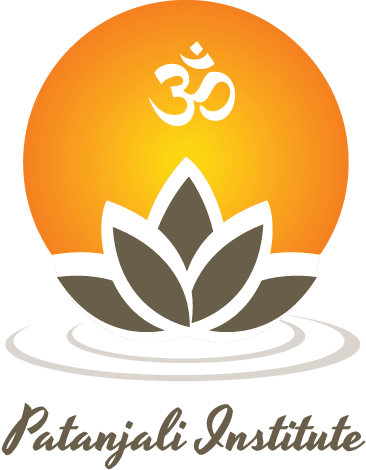Pranayama: One of the Five Principles of Yoga

Yoga is a discipline addressing the body, mind, and soul. We all know that. However, did you know that breathing is one of the most important aspects in yoga?
Breathing is an automatic reflex, so it’s no wonder that people are not conscious of it, especially of the fact that we may not be breathing properly. The stress of the modern life causes us to ignore such reflex natural processes, and it usually becomes quick and superficial.
It is common sense even for people not interested in yoga that oxygen is essential to the body and that life could not be possible in its absence. The organ which needs oxygen more than any other is the brain. When lacking oxygen, we end up thinking in a negative manner and we are predisposed to depression.
Our lungs also don’t function at their normal capacity and the body is not well oxygenated when we don’t breathe properly. We become prone to heart diseases, sleep disorders, and we easily get fatigued.
More than having a crucial role in oxygenating the body, however, yogis also consider breathing important because it captures prana, the vital energy found in the air.
Pranayama, one of the five principles of yoga, teaches us how to breathe properly. When we are breathing right, we are then capable of absorbing prana. If we achieve to join Pranayama to the principle of asanas, we can attain the self-awareness and discipline of a pure state of mind and body.
The benefits of Pranayama are both physical and mental. Some studies have found that it alleviates asthma, decreases the level of toxins in our body, and supplies our cells with more oxygen. It also helps in lowering blood pressure and in improving digestion.
The way breathing correctly improves our state of mind is also spectacular. Pranayama increases concentration, reduces the level of stress, helps individuals have a clearer mind and increases their self-awareness. If the mind is relaxed, we are able to make good decisions, avoid conflicts, and also have a better control of our body.
Before initiating into the secrets of Pranayama, however, one must know first that there are also contraindications and that its techniques must be studied under the supervision of a teacher. There are also a lot of misconceptions going around about it.
One such misconception, for example, is that Pranayama is not recommended for pregnant women. This is totally untrue. Pranayama is helpful in pregnancy and is a gift given by the ancient gurus to the human race. It energizes the mother and the baby as it works not only on the physical body, but also on both mind and soul. Pranayama helps the mother gain mental control to combat stress.
However, as pregnancy brings about various physical and physiological changes and some techniques may cause exhaustion or dizziness, pregnant women must practice under the guidance of a trained instructor.
Another misconception is that Pranayama is not good for people with low blood pressure. This may be true as there are some techniques that can cause discomfort. Mostly, however, Pranayama is beneficial for people with both low and high blood pressure, as the regular practice of Pranayama can help bring down the level of stress.
Pranayamas which are helpful for high blood pressure patients include, but are not limited to, Sukha pranayama, Anuloma Viloma pranayama, Pranava pranayama, Bhramari pranayama, and Full Yogic Breath. Do note that there are some specific Pranayamas or breathing exercises which should only be taught by an experienced instructor, otherwise complications may arise.
With all its benefits, practicing Pranayama is indeed a must!
Want to Do Yoga in Chiang Mai or Bali and even become a teacher?
Patanjali Institute has a unique program that combines yoga teacher training and clinical hypnotherapy training in Chiang Rai near Chiang Mai and as well in Bali, Indonesia. If you want to become a yoga teacher, check out our schedule for upcoming classes and availability.
Photo credit:
Abbot of Watkungtaphao by Tevaprapas Makklay under license CC BY 3.0.
About the Author
 Nayeema Akter is a regular contributor of Patanjali Institute. She has been practicing Hatha Yoga since 2003 and is also a certified Yoga teacher since 2005. She’s a writer and editor, and her writing practice is strongly influenced by her practices of Yoga, meditation and alternative healing.
Nayeema Akter is a regular contributor of Patanjali Institute. She has been practicing Hatha Yoga since 2003 and is also a certified Yoga teacher since 2005. She’s a writer and editor, and her writing practice is strongly influenced by her practices of Yoga, meditation and alternative healing.

2 Comments
Raman Ranganathan
July 17, 2016Many thanks for the presentation.The importance of oxygen utilisation for bodyphysical and bodymental processes is not doubted.I will be thankful for any data on feedback available from your students and trainees.
Sohail
August 22, 2016Dear Raman,
welcome and glad to hear that! All testimonials of our students can be found HERE. Namaste